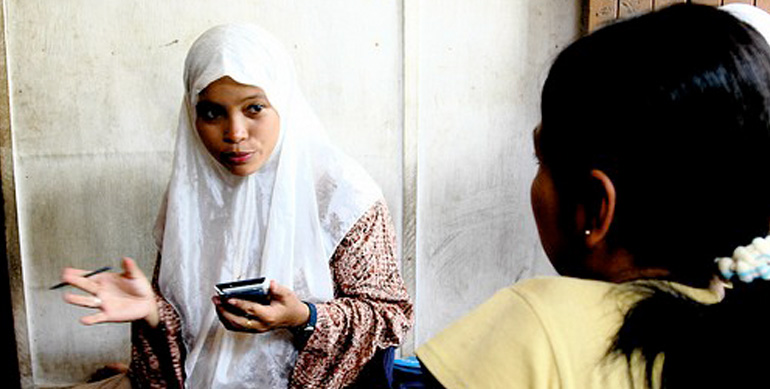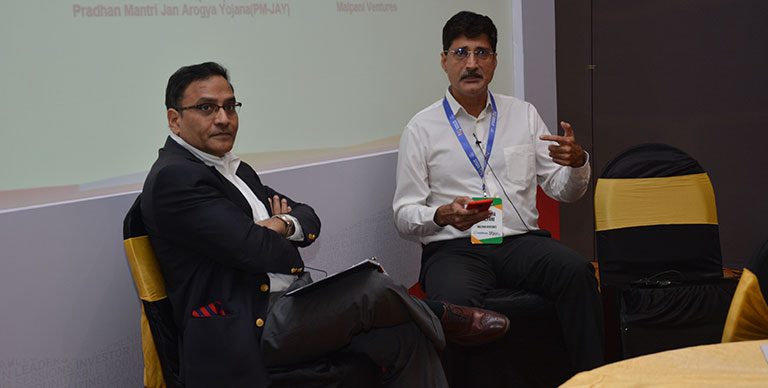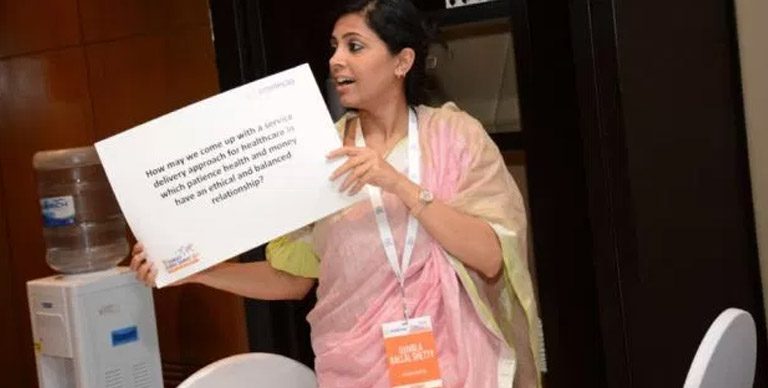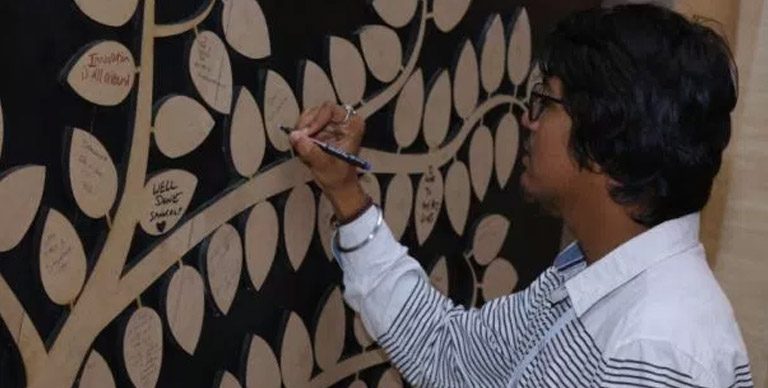The Present and the Future for mHealth in Underserved Markets
mHealth is at a significant inflection point. With 7 billion mobile phone subscriptions world-wide, there are more than 165,000 mobile health apps now available, almost doubling over the last two years. High mobile penetration and good level of computing capacity available in even basic cell phones make way for tremendous untapped possibilities to impact healthcare delivery and associated aspects.
mHealth applications range from wellness applications targeting affluent markets to simple SMS based apps reaching out to a wide audience at the Bottom of the Pyramid (BoP). This article tries to shed light on the latter, where only few applications made in-roads due to problems around affordability, limited internet infrastructure and inability to comprehend complex applications. In addition, most mHealth service providers catering to the underserved segment rely on funding from international donor organizations, limiting operations scalability.
Present state of mHealth in Underserved markets
Currently, mHealth in underserved markets focusses on specific challenges, such as mainly:
Managing community programmes
Stakeholders in the healthcare value chain (patients, caregivers, service providers and regulators) face problems in collecting, storing and sharing information due to poor communication infrastructure in the form of outdated IT solutions and paper-based systems. A majority of mHealth applications in these markets are trying to resolve these challenges. Reporting Wheel – a simplified data reporting application for remote workers is being used in Southeast Asia to integrate disease surveillance and implement nationwide communication systems. Other mobile applications in this category are designed to help vaccination registration (mTikka), monitor disease outbreaks (Veegilo) and screen tuberculosis (eMocha TB detect).
Promoting good health practices
mHealth is also being leveraged by governments and foundations to communicate and promote healthy behaviors and prevent unhealthy ones. For instance, the Mobile Alliance for Maternal Action (MAMA) is being used in India, Bangladesh and South Africa to support and educate mothers, providing them with lifesaving information. Similarly CycleTel Humsafar in India and Mobile for Reproductive Health (m4RH) project in Mexico are used to educate women about family planning. SMS based applications are also used widely to encourage breast cancer screening and HIV testing.
The future of mHealth in Undeserved markets
Emerging applications
Although there are a plethora of applications addressing issues such as drug adherence, connections to doctors and online purchase of drugs; they have made very little in-roads in rural markets as these applications are developed only for smartphones. While it is true that little can be done to develop complex applications due to the technological limitations in feature phones, a few companies have come up with simple technological solutions to address complex issues. For instance, African social enterprise mPedigree has developed an application which can potentially resolve the issue of counterfeit pharmaceuticals by enabling people to easily check the authenticity of their medication by SMS. Other mobile based solutions that have recently emerged are low-cost medical devices attached to mobile phones. EyeCatra developed by MIT media lab is a simplified, affordable device which can be attached to most smartphones and can accurately diagnose and measure cataract, eliminating the need for a specialist – a resource constraint in most developing countries. Another example is a new cell phone based fluorescent imaging and sensing platform for detecting dangerous bacteria in water, developed by a team at the UCLA Henry Samueli School of Engineering and Applied Science.
Potential and challenges
mHealth offers benefits to players across the healthcare value chain and can solve systemic challenges. In underserved markets, mobility’s ubiquity and potential to leapfrog laptops and broadband connectivity technology can enable solutions to address various challenges around affordability, access, awareness and quality in healthcare. Currently, mHealth applications targeting rural markets have to proceed with the lowest common denominator approach of using voice calls, IVR, SMS and USSD in their applications. As smartphone usage increases, the quality and breadth of services offered is bound to increase. On a final note, it will be interesting to see if consumer behavior in terms of willingness to pay changes in the future as and when success of these mHealth applications becomes more prominent.
Kaushik Mahadevan is a Senior Associate in the Strategy Consulting division at Intellecap. He has been working with Corporates, Development Financial Institutions and startups on projects related to market entry strategy, business modelling and product conceptualization and development.
Looking for more? Visit our blog home page and browse our latest articles or join us in Jakarta for the 2nd Sankalp Southeast Asia Summit
Keep yourself updated on events, trends and news from the developing world, join our Facebook page – SankalpForum








